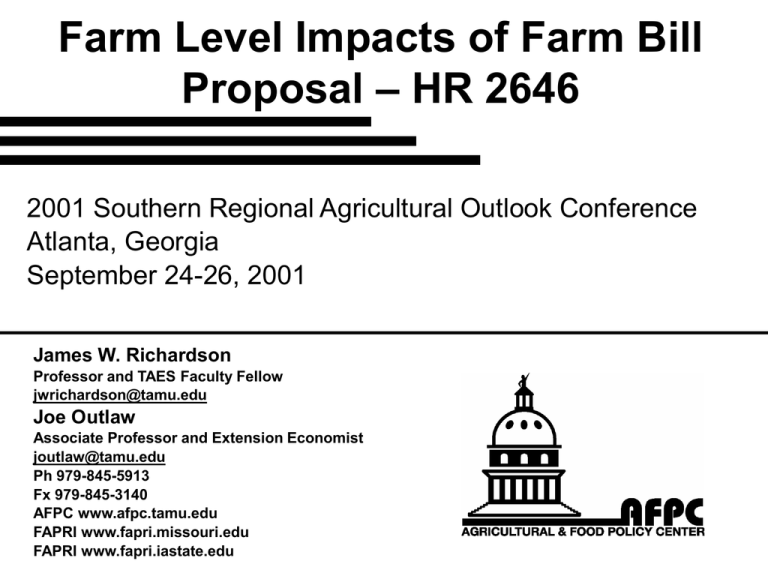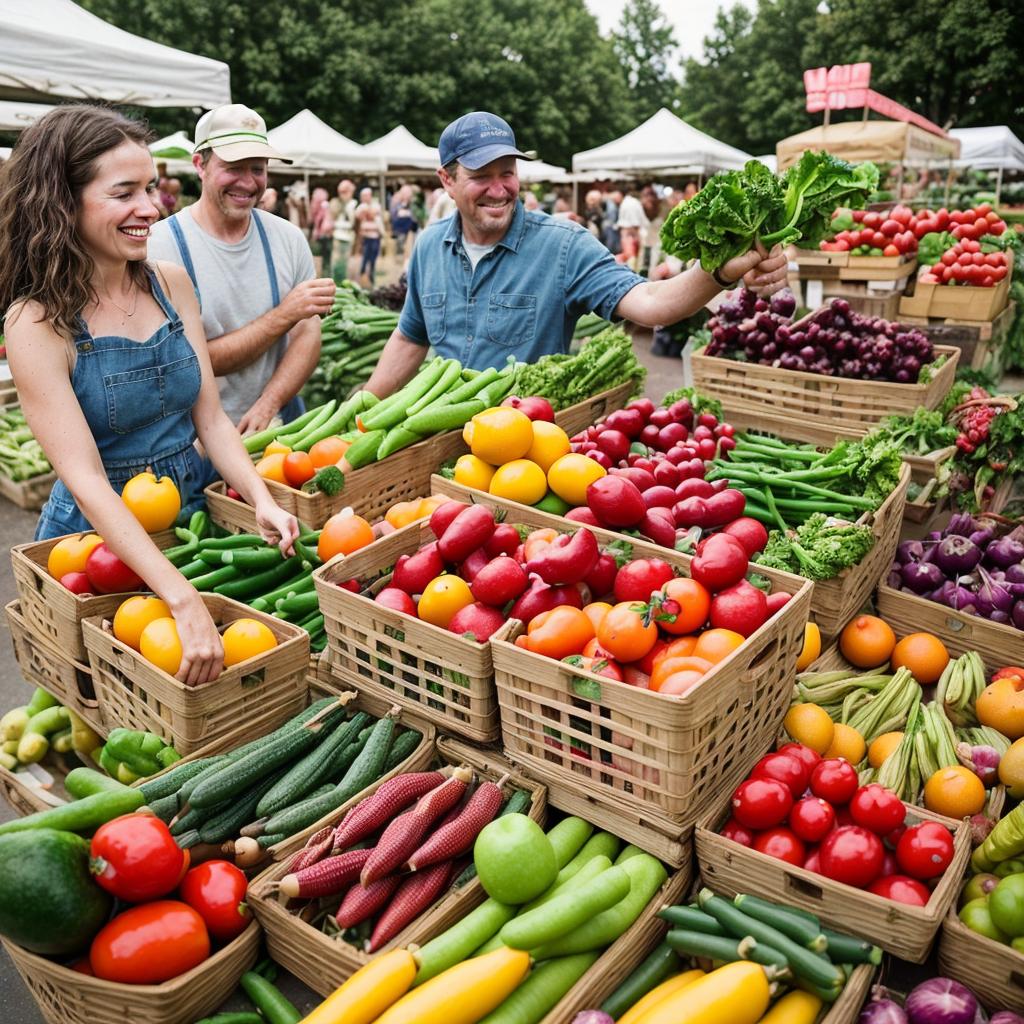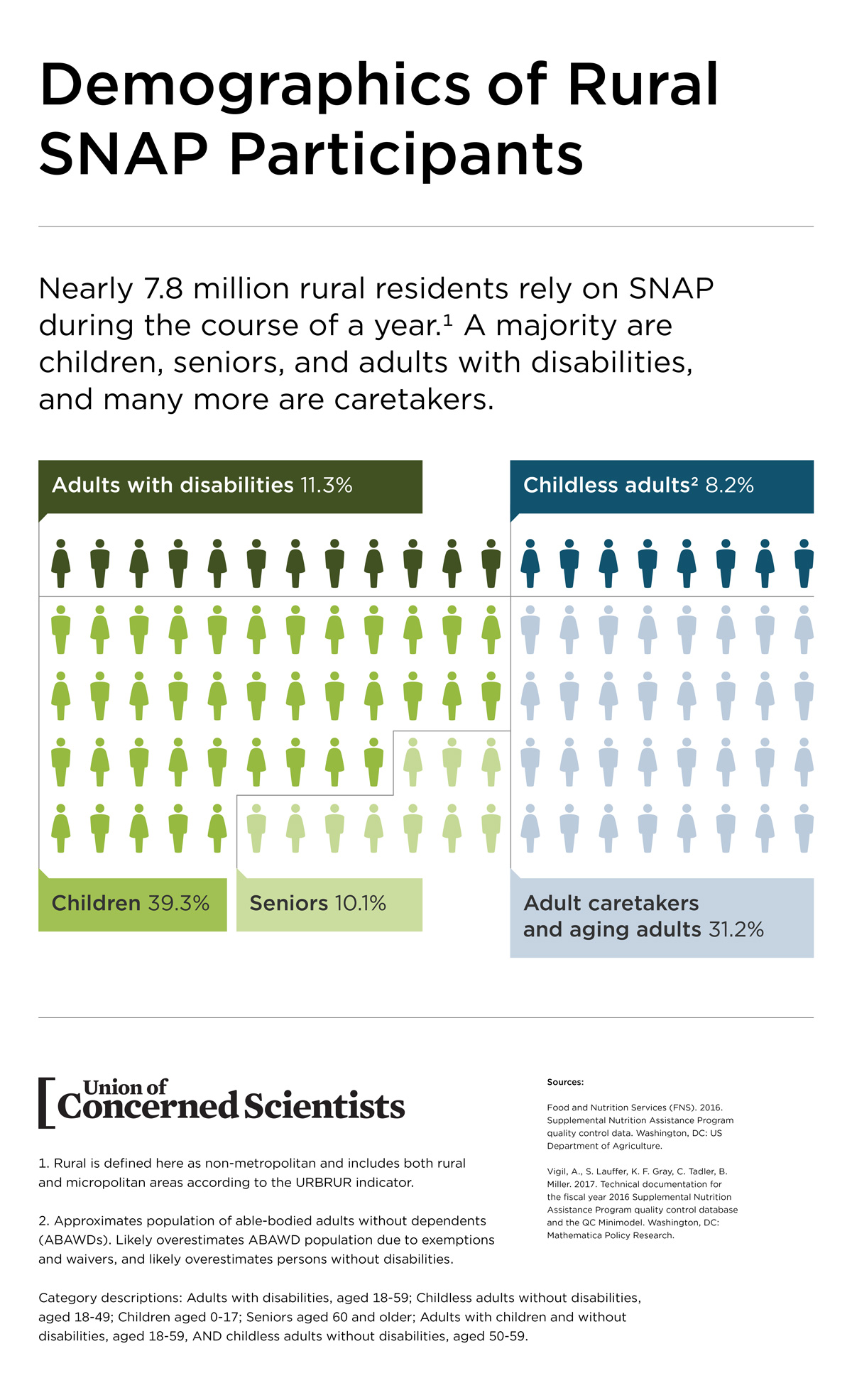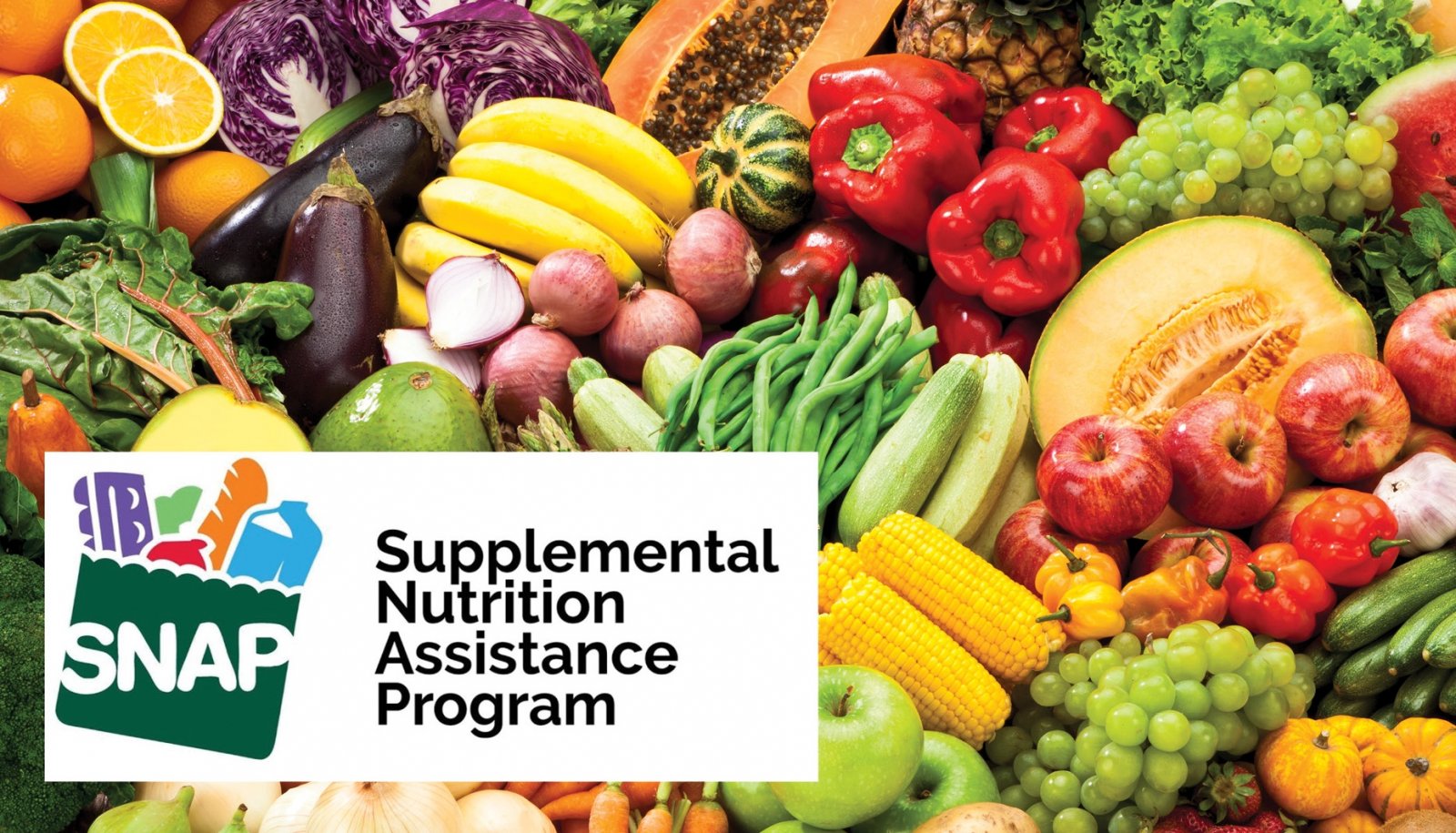One proposed version of the next Farm Bill, introduced by the Republican chairman of the House Agriculture Committee, would cut the Supplemental Nutrition Assistance Program by $30 billion over the next decade.
A competing Senate version, introduced by the Democratic Agriculture Committee chairman, would keep the benefits intact.
Carmen Mooradian, senior policy manager for Hunger Free Colorado, said access to the program is not a partisan issue and it affects rural and urban families.
“SNAP is one of the most effective federal programs in existence to combat food insecurity and poverty,” Mooradian asserted. “It’s something that is used by Americans across the country to weather the storms of life.”
The House version removes a provision added to the 2018 Farm Bill that allowed benefits to be calculated in a way that took into account the most current nutritional science and actual retail prices for food. According to the Center for Budget and Policy Priorities, eliminating the provision would cut benefits in Colorado by $380 million.
Cutting food benefits could save money in a budget year, but Mooradian argued it will cost taxpayers much more in health care and other costs associated with poor nutrition. She added that the program also contributes billions to state and local economies.
“Every SNAP dollar is returned to the economy,” Mooradian emphasizes. “It becomes a win for local businesses and for agricultural producers. If we stop investing in SNAP, those communities are missing out.”
Lawmakers extended the existing Farm Bill last year after failing to agree on a new version. The extension expires at the end of September, weeks before the general election. Mooradian added that voters still have time to tell their representatives in Congress what they think.
“This is the opportunity for the community to really have their say on the two proposals on the table,” Mooradian emphasized. “And the impact they will have on households if they succeed.”
Disclosure: Hunger Free Colorado contributes to our fund for reporting on children’s issues, health issues, hunger/food/nutrition, and seniors’ issues. To support news in the public interest, click here.
receive more stories like this via email
The latest Maryland School Breakfast Report shows tens of thousands fewer children being served post-COVID.
When pandemic-era waivers ended two years ago, schools returned to tiered systems of free or reduced-price meals based on family income. Despite a slightly larger student population, in the 2022-2023 school year, the average number of breakfasts served in a day decreased by almost 39,000 and 65,000 fewer lunches were served compared to 2020-2021.
LaMonika Jones, interim director of Maryland Hunger Solutions, said reducing the reach of school meals, especially breakfast, is taking a toll in the classroom.
“It’s challenging for a student of any age to sit in class and focus on what the teacher is trying to say when he or she is hungry. I understand the argument that it takes away from instruction, but the distraction it takes away from being hungry also takes away from instruction time,” Jones explained.
The report shows that the total number of breakfasts served in the state fell by more than 6.5 million in 2022 compared to the previous year.
The report identifies barriers to participating in school breakfast, including the cost, time and stigma associated with participating in a free meal program.
Schools with at least 40% of students eligible for free or reduced-price meals can apply for the state-funded Maryland Meals for Achievement program, which provides free breakfast to all students. While traditional school breakfasts are served in the cafeteria before class, Jones says MMFA is an alternative breakfast model that offers more flexibility.
“Our students can have a ‘grab and go’ style, which works really well for our older students, or for our little ones we can have breakfast in the classroom. And with those alternative models, like and the funding to cover the costs of these alternative covering models ensures we meet that need,” she continued.
Last year, 588 schools participated in MMFA, compared to 485 in 2019.
receive more stories like this via email
Schoolchildren in Arkansas are learning how to grow their own fruits and vegetables through the Arkansas Department of Agriculture’s Farm to School and Early Childhood Education program.
Across the state, 350 gardens serve as outdoor classrooms in schools and early childhood development centers. Teachers say tending the gardens helps students with decision-making, problem-solving and communication skills.
Jessica Chapman, program coordinator, said at the same time that students learn about food, nutrition and agriculture.
“This might mean inviting a local farmer to visit the classroom for a discussion,” Chapman explains. “We can help them create a taste test for students to try a local fruit or vegetable, or we can help them by giving them the tools they need to integrate farm-to-school concepts into their subjects. “
Some items grown in the school gardens are used in cafeterias and pantries. Four-H programs across the state also sell some of the products to raise money for their program.
The Farm to School concept started in Arkansas in 2019 and has been instrumental in bringing locally grown food products to schools and connecting local farmers with school districts. Farmers and school nutritionists recently met to discuss plans for future collaborations.
Chapman pointed out that building relationships not only supports local farmers and the economy, but also ensures children have access to locally produced, nutritious food.
“It was four regional events and we had them, one in Fayetteville, one in Batesville, one in Hope and one in Central Arkansas,” Chapman outlined. “That was to connect school nutrition staff directly to local producers and the goal was to increase the number of school districts in Arkansas that buy directly from a farmer.”
According to the Agriculture Department, more than 35 school districts or early childhood education facilities in Arkansas currently buy their food locally and nearly 30 farmers and local businesses sell to school districts.
receive more stories like this via email
Ohio State University is leading a $2.5 million U.S. Department of Agriculture-funded initiative to reduce food loss and waste in the United States.
Brian Roe, professor of food, agricultural and environmental sciences at Ohio State University, will oversee a pilot consumer campaign aimed at reducing household food waste. Roe plans to work with Rutgers University to create educational messages and campaign materials. According to Roe, the campaign is part of the USDA’s ongoing efforts to reduce food waste, following significant investments, including $57 million from the American Rescue Plan Act.
“About a third of all food is never consumed,” Roe noted. “This project will seek to identify a campaign to help consumers reduce the amount of food they waste, so they can experience the benefits of saving more money and helping the environment and supporting food security.”
Roe’s research focuses on how human behavior contributes to food waste. He found that confusion over food package dates causes unnecessary waste and that implementing uniform national food labeling standards could significantly reduce wasted food. Roe noted that the efforts align with both interagency and international initiatives to reduce food waste.
U.S. Secretary of Agriculture Tom Vilsack announced the extension of an agreement to reduce food loss and waste, now including USAID in the effort. The collaboration highlights a shared commitment to educating Americans about this issue.
In addition, the USDA has expanded the U.S. Food Loss and Waste 2030 Champions, which includes industry leaders committed to cutting food waste in half by 2030. Roe emphasized that consumer behavior plays a crucial role, noting that using leftovers can save both money and time while contributing to the overall improvement of food waste. reduction of waste.
“Consumers across the country and in Ohio can get creative with their leftovers,” Roe points out. “You spend a lot of money and time making great meals, and often that just sits in the fridge and then ends up in the trash because you may not have found a way to use it in a future meal.”
The U.S. sends nearly 80 billion pounds of food to municipal solid waste landfills every year, making food the largest category of material in landfills. The waste emits methane, a powerful greenhouse gas, which contributes to environmental damage. Roe added that tackling food waste, especially at the household level, is critical to reducing emissions and improving the efficiency of food systems.
Disclosure: Ohio State University contributes to our arts and culture, environmental and social justice reporting fund. If you would like to support news in the public interest, click here.
receive more stories like this by email



















